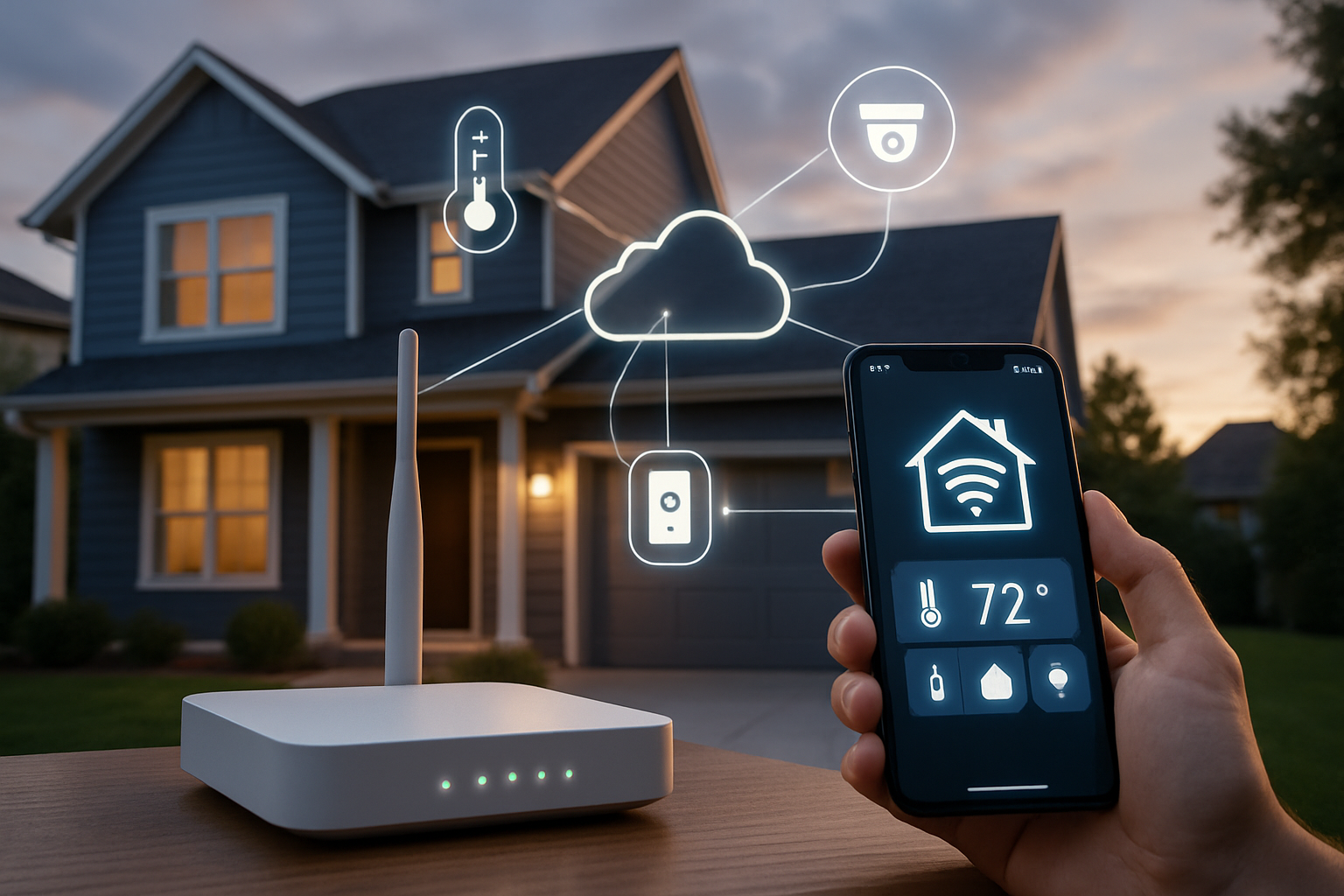Smart Home Systems: Integrating Energy, Control, and Automation
Smart home technology combines connected devices, software, and communication networks to make homes more comfortable, efficient, and secure. Modern systems bring together lighting, heating, security, appliances, and energy generation so they can be monitored and adjusted from a single place. Integration often uses a smartphone app or a dedicated control panel, and many homeowners now combine automation with on-site solar panels and battery storage to reduce grid reliance and manage energy use more precisely. Understanding how these pieces fit together helps you plan upgrades or choose local services that match your needs.

solar panels: how they fit into a smart home
Solar panels convert sunlight into electricity that can power appliances, recharge batteries, or feed surplus back to the grid. In a smart home, solar arrays are paired with inverters and energy-management systems that communicate with your home network. That lets the system prioritize critical loads, schedule high-energy tasks (like washing or EV charging) when production is high, and avoid peak utility rates. When connected to home automation, solar output data can trigger smart thermostats, battery charging, or load shedding to maximize self-consumption of solar energy.
smartphone: central interface for monitoring and control
A smartphone often serves as the primary interface to a smart home, offering remote monitoring, real-time alerts, and device control. Apps typically show energy use, solar production, and device status, and can run automation routines or voice commands. Secure remote access depends on encrypted connections, strong passwords, and keeping apps and firmware updated. For households working with installers or local services, smartphone access can simplify commissioning, troubleshooting, and sharing temporary access with guests or service personnel.
automation: what common routines can do
Automation uses rules or schedules to perform tasks automatically—examples include lights that turn on at dusk, thermostats that adjust based on occupancy, and garage doors that close when a security alarm arms. More advanced conditional automation links data streams: if solar output is high, the system might start the dishwasher; if the weather forecast predicts cloud cover, it can pre-charge batteries. Automations can improve convenience and efficiency, but they should be tested and documented so homeowners understand what runs when and how to override behaviors if needed.
control panel: choosing a hub or central interface
A control panel can be physical (wall-mounted) or virtual (an app or web dashboard) and acts as the hub that orchestrates devices and automations. Hubs may support multiple protocols (Wi‑Fi, Zigbee, Z-Wave, Thread) to connect a wide range of sensors and actuators. When selecting a control panel, consider interoperability, update frequency, local vs. cloud processing (local processing can improve reliability and privacy), and whether the panel supports integrations with solar energy systems and battery storage. Professional installers or local services can advise on a setup suited to your home’s wiring and internet reliability.
solar energy: managing production, storage, and grid interaction
Smart management of solar energy includes monitoring generation, optimizing battery charging, and controlling loads to match production and consumption. Time-of-use tariffs and export limits may affect how a system is configured; energy-management software can minimize costs by shifting flexible loads to daylight hours or discharging batteries during peak rates. Grid-interactive features—such as exporting excess power or participating in demand-response programs—require compatible inverters and may involve coordination with utilities. When planning, consult installers and review local regulations and incentives to ensure systems are compliant and economically sensible.
Conclusion
A smart home is the result of combining device connectivity, thoughtful automation, and energy systems such as solar panels and battery storage into a cohesive whole. Smartphones and control panels provide interfaces for control and visibility, while automation turns rules into consistent, efficient behavior. Prioritizing interoperability, security, and clear documentation helps ensure the system remains reliable and adaptable. Working with qualified local services for installation and maintenance can streamline setup, ensure compliance with electrical codes, and tailor a solution to your home’s layout and energy goals.






